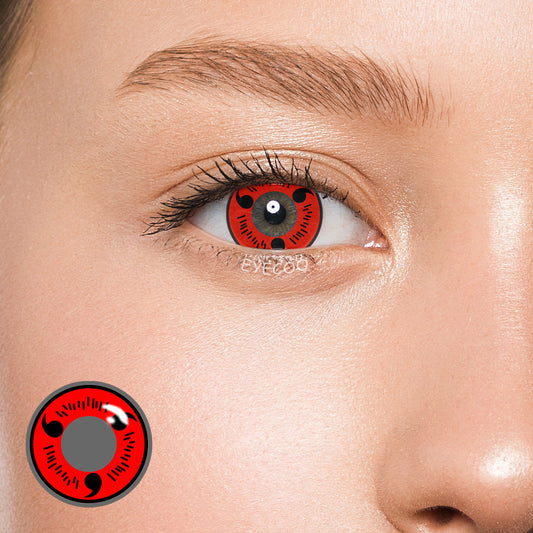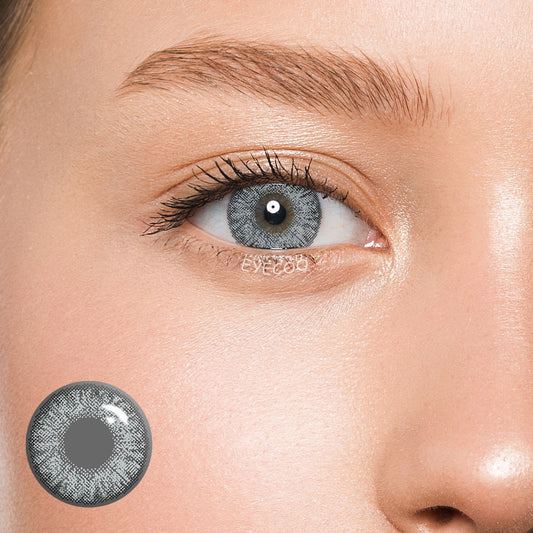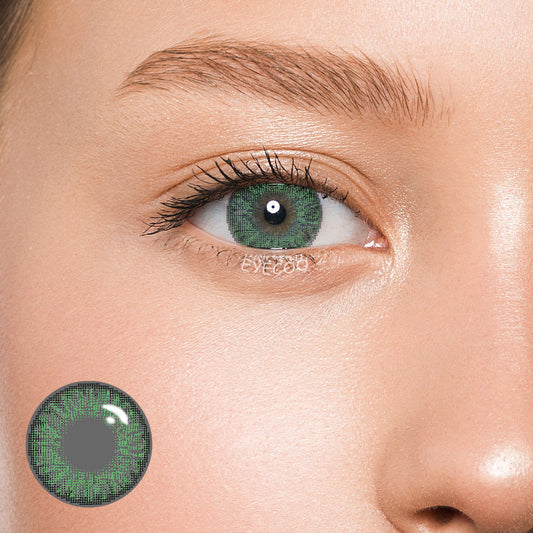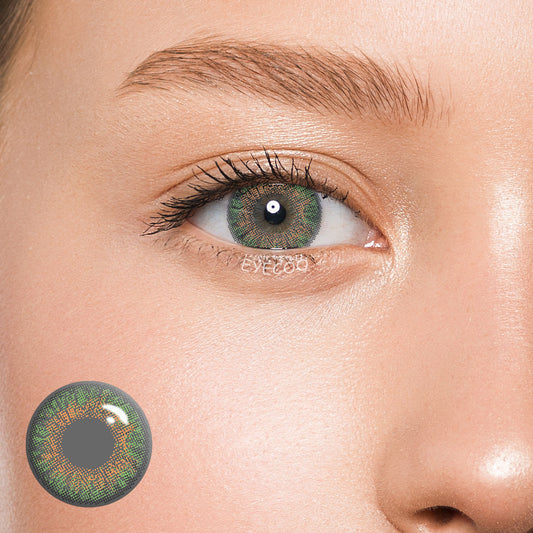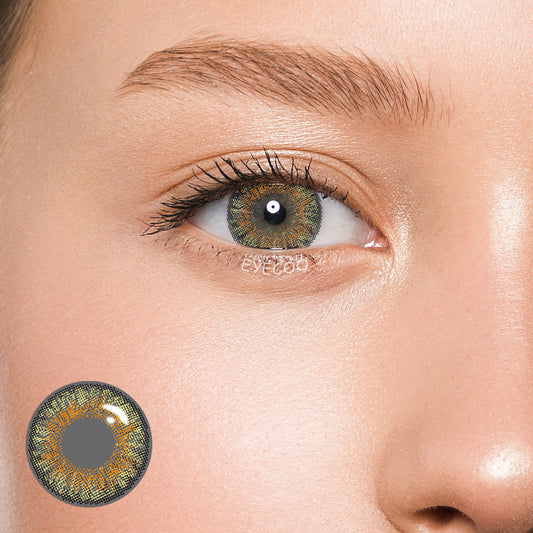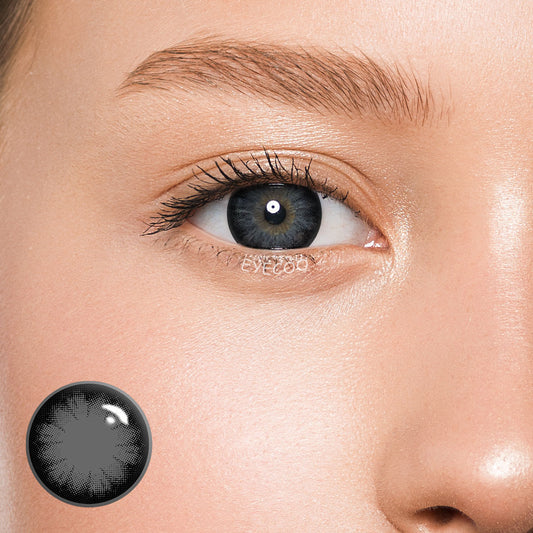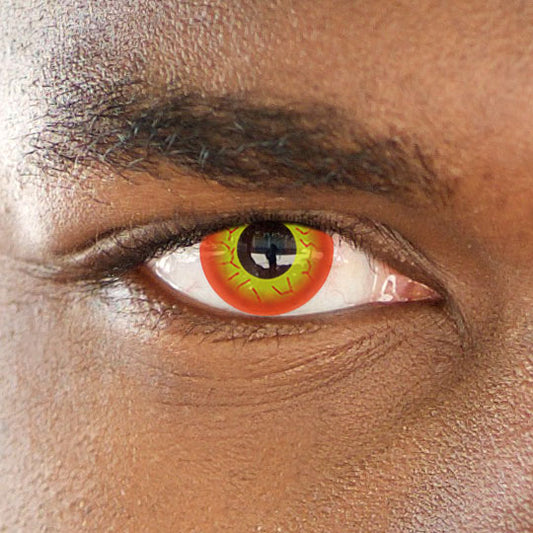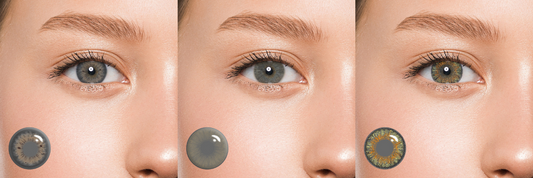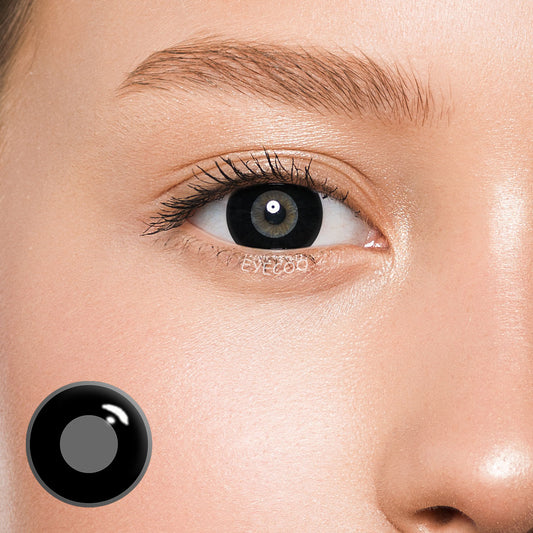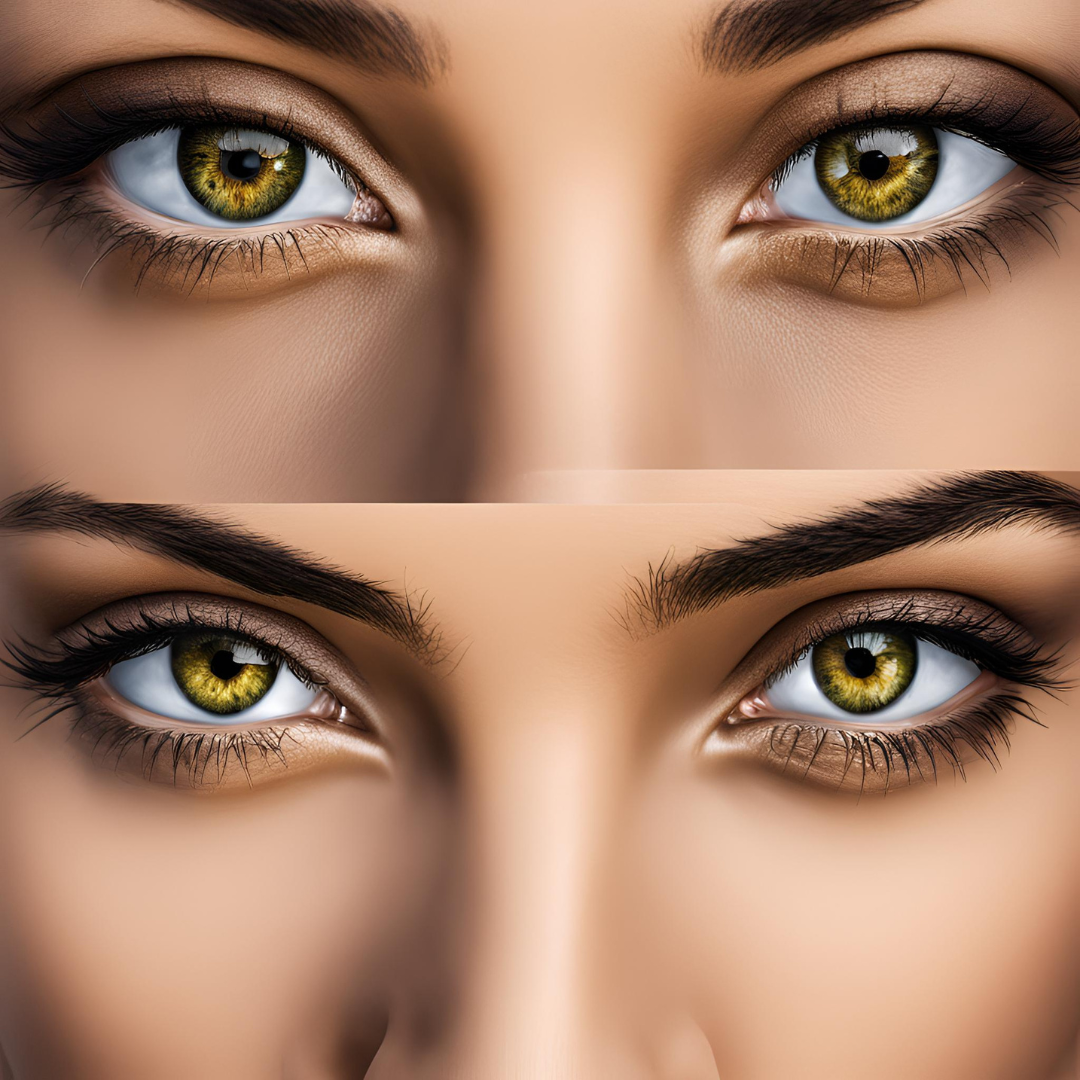
What's The Rarest Eye Color? Discover The 7 Rarest Eye Colors in The World
What is the rarest eye color? Perhaps you had this question if you ever wondered what makes some eye colors so uniquely special. Some hold an attraction towards the striking spectrum of eye colors, and others feel curious about how rare their own eye color could be.
In fact, so much information is out there, and understanding the rarest eye colors can feel overwhelming. Don't worry, though; this article is here to iron out those confusions once and for all.
In this article, we will dive into the depths of eye-color genetics and discover the seven rarest color variants of eyes around the world. By the end, you will know which eye colors are the rarest and why they happen.
So, let's get started.
Importance of Eye Color
Before getting straight to the 7 rarest eye colors in the world, it's essential to first understand the importance of eye color.
Eye color is more than just a beautiful trait; it holds significant importance in various aspects of life and science.
Here's why:
· Genetic Significance
The color of one's eyes is determined by genes our parents pass down to us. Actually, it is really a perfect example of genetics at work in passing on a trait or other, minutely minute features from generation to generation. The color of the eyes can be used to learn about genetic diversity and patterns of inheritance.
· Health Indicators
Certain colors of the eyes may be indicative of a predisposition towards some types of health conditions. For example, lighter-colored eyes, such as blue or green, might be more sensitive to UV light and therefore increase a person's risk of acquiring eye diseases like macular degeneration. Knowing one's eye color can thus be helpful in taking preventive health measures.
· Cultural and Social Impact
Eye color may influence cultural perception and hence social interactions. The color of one's eyes holds different beliefs and superstitions among different cultures, which affect the perception by others and hence 'looking'. Rare eye colors are considered a beauty signature and are highly admired in some cultures.
· Identification and Forensics
The essential applications of eye color can be made in personal identification, with special reference to forensic science. This will yield valuable clues in narrowing down the search for a criminal or tracing a criminal involved in a crime. The eye color, combined with other features, carries an identity profile distinguishing each individual from another.
· Personal Identity
Eye color is a significant part of personal identity. It contributes to our overall appearance and can be a source of pride and self-expression. Many people feel a strong connection to their eye color and consider it a defining feature of who they are.
Now, let's discuss the seven rarest eye colors in the world and what makes them so special.
The 7 Rarest Eye Colors in The World
Here are the rarest eye colors in the world:
1. Amber Eyes
Amber eyes are golden or coppery in color and are oftentimes explained to be strongly yellowish or amber in tint. This rare coloration of the eyes is due to a more significant amount of lipochrome, which is a yellow pigment inside the iris that gives them a warm, honey-like appearance.
Amber eyes may sometimes appear to glow when exposed to the presence of normal sunlight, which is pretty bold in color. It is mostly common in people of Asian, South American, or Spanish descent.
It's also normal for an animal to have those amber eyes, like in wolves and cats, which give them such an exotic and captivating aura. The extreme rarity and uniqueness of amber eyes make them an exciting subject when it comes to genetic and anthropological studies since they outline the amazing variety existing in human populations.
2. Gray Eyes
Gray eyes appear to change color from gray to blue and even green on account of the surrounding illumination and colors. This relatively rare color of eyes is caused by the nevertheless sufficiently low amount of melanin in the iris and the way that light behaves. Gray eyes are most prevalent in people of Northern and Eastern European descent.
The beauty of gray eyes lies in their chameleon ability, reflecting all shades in different lights. Their dynamic nature often leaves people mesmerized by the changing appearance of their color.
The mechanism of gray eyes is an interaction of many genes controlling the distribution of melanin in the iris, which scatters light. Gray-colored eyes have always remained a mystery and sophistication incarnate since they are very rare.
3. Green Eyes
Green eyes are caused by the combination of a light brown or amber stroma, generally low melanin levels, and the Rayleigh scattering of light. Green-colored iris account for only about 2% of the population—a color thereby very rare.
They occur most frequently in populations of Celtic and Germanic descent. Green eyes can, at times, make an impression on others as apt to be beguiling or fascinating; hence, green eyes have been used in literature and folklore to symbolize magic or mystery.
The bright green color is a product of the interaction between the yellowish pigment and the scattering of light through the iris. Green eyes are considered a prime case for elucidating the complexity of human genetics since it has been shown that this is caused by multiple genes.
As a result, due to their beauty and rarity, they have come to be highly admired and sought after.
4. Red or Violet Eyes
Red or violet eyes are extremely rare and are typically associated with albinism, a condition where there is little or no melanin production in the eyes. The lack of pigment in the iris allows blood vessels to show through, giving the eyes a red or violet appearance.
This rare eye color can be striking and unusual, often drawing attention and curiosity. People with albinism may have other unique features, such as very light skin and hair, due to the same lack of melanin.
While red or violet eyes are rare and beautiful, they also come with challenges, such as increased sensitivity to light and a higher risk of certain eye conditions.
Understanding and appreciating this eye color involves recognizing both its beauty and the unique experiences of those who have it.
5. Heterochromia
Heterochromia is a condition where a person has two different colored eyes or eyes with multiple colors. There are two main types: complete heterochromia (each eye is a different color) and sectoral heterochromia (part of one eye is a different color). This rare condition can be genetic or caused by injury or illness.
Heterochromia often adds a unique and striking aspect to a person's appearance, making their eyes stand out in a crowd. Celebrities like David Bowie have brought attention to this rare condition, increasing its visibility and fascination.
The genetic basis of heterochromia involves variations in the genes responsible for pigment distribution in the iris, and it can occur in humans, cats, dogs, and other animals. The rarity and distinctiveness of heterochromia make it a captivating subject for genetic research and popular culture alike.
6. Hazel Eyes
Hazel eyes are a blend of green and brown, often with a golden or hazel-brown ring around the pupil. This eye color can appear to change from green to brown and even blue, depending on the lighting. Hazel eyes are relatively rare and are most commonly found in people of European descent.
The multifaceted nature of hazel eyes, with their ever-changing hues, often gives them a mesmerizing quality. The unique combination of colors results from a moderate amount of melanin in the iris and the way light scatters through it.
Hazel eyes can be a window to understanding the complex genetic mechanisms that determine eye color, involving multiple genes and their interactions. The beauty and rarity of hazel eyes make them a subject of admiration and scientific interest.
7. Black Eyes
True black eyes are incredibly rare and are usually very dark brown that appears black. This eye color results from a very high concentration of melanin in the iris. Black eyes are most commonly found in people of African, Asian, and Indigenous Australian descent.
The deep, dark color of black eyes often gives them a striking and intense appearance, making them stand out in any crowd. The high melanin content not only determines the eye color but also provides protection against ultraviolet light, offering an evolutionary advantage in sunny climates.
Despite their rarity, black eyes have a profound beauty and depth, often associated with mystery and strength. Understanding the genetic factors that lead to such a high melanin concentration in the iris can provide insights into the diversity and adaptability of human populations.
Final Thoughts
Exploring the rarest eye colors shows us how diverse and complex human genetics can be. From the golden amber eyes to the striking heterochromia, each rare eye color has its own unique story.
These colors not only fascinate us but also help us understand our genetic history and differences. Whether you're intrigued by the ever-changing gray eyes or the deep black eyes, learning about these rare hues helps us appreciate the beauty in our differences.
EyeCoo Colored Contacts are here to take care of your natural beauty with an easy look. Having equipped color blending, fine material, and fast application, the three features will provide you with comfort and style in changing the color of one's eyes.
With great customer reviews, EyeCoo Colored Contacts are safe and reliable; they become the essential accessory for any situation.
Try them today and see a world full of colors!

